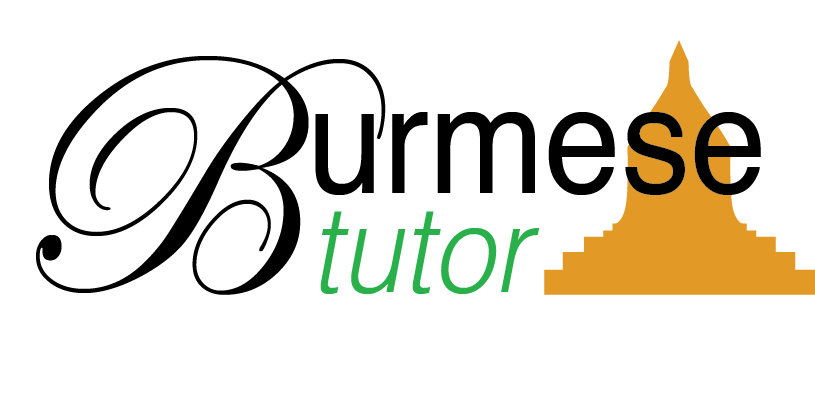Burmese Language Basics
 Burmese Language Basics
Burmese Language Basics
As an English-speaker, when you first get started learning the Burmese language, it can be daunting to consider the strange letters, the tones, and the idea of 14 different vowel sounds, many of which are completely unfamiliar to new students. But, believe it or not, it is possible for English-speakers to learn Burmese. It doesn’t really matter what part of the language you start with, but just that you get started and then spend some time “interacting” with the language every day. By “interacting”, I mean that you need to be working with the language. Maybe you’ll memorize new words or practice writing the letters. Those are ways to interact with the Burmese language. You could take an online class in Burmese to boost your skills too. Or, you could spend some time trying to read or write Burmese. It doesn’t matter, but spend at least 1 hour a day working with the language in order to see the quickest results. The tones give a lot of students fits. Some systems acknowledge 3 tones, others 4. In both systems, there is a low tone, a high tone, and a glottal stop. Some systems include a “creaky” tone which basically sounds like a creaky door at the end of a vowel, but it’s very short and hardly audible to the average English speaker. The Burmese people rarely pronounce the final consonant(s) of their words. This gives the language a somewhat “nasal-y” quality that’s similar in some respects to French. While Burmese speakers don’t necessarily pronounce the final consonant, they still change the shape of their mouths and the vowels sounds every-so-slightly depending on the spelling of the word. So, it can help to just think about the letter “t” and the sound it makes when a word ends in “t”, or think about the letter “n” and the sound it makes when a word ends in “n”. Subtle changes that are brought about by simply shaping the mouth a little differently to make the vowel sound more like the way a Burmese native would say it can make the difference between being understood or being misunderstood. And finally, one of the easiest ways to learn the Burmese lettering system is to get a Burmese keyboard and start typing! Typing in Burmese allows you to work with the letters over and over, one after the next. And believe it or not, typing will help you learn the letters! Of course, it’s important that you type things that you can read. Consider making a daily list of vocabulary words for yourself by typing them out. You’ll be amazed at how fast you can learn the sounds the letters make if you spend just a little time typing them each day!
